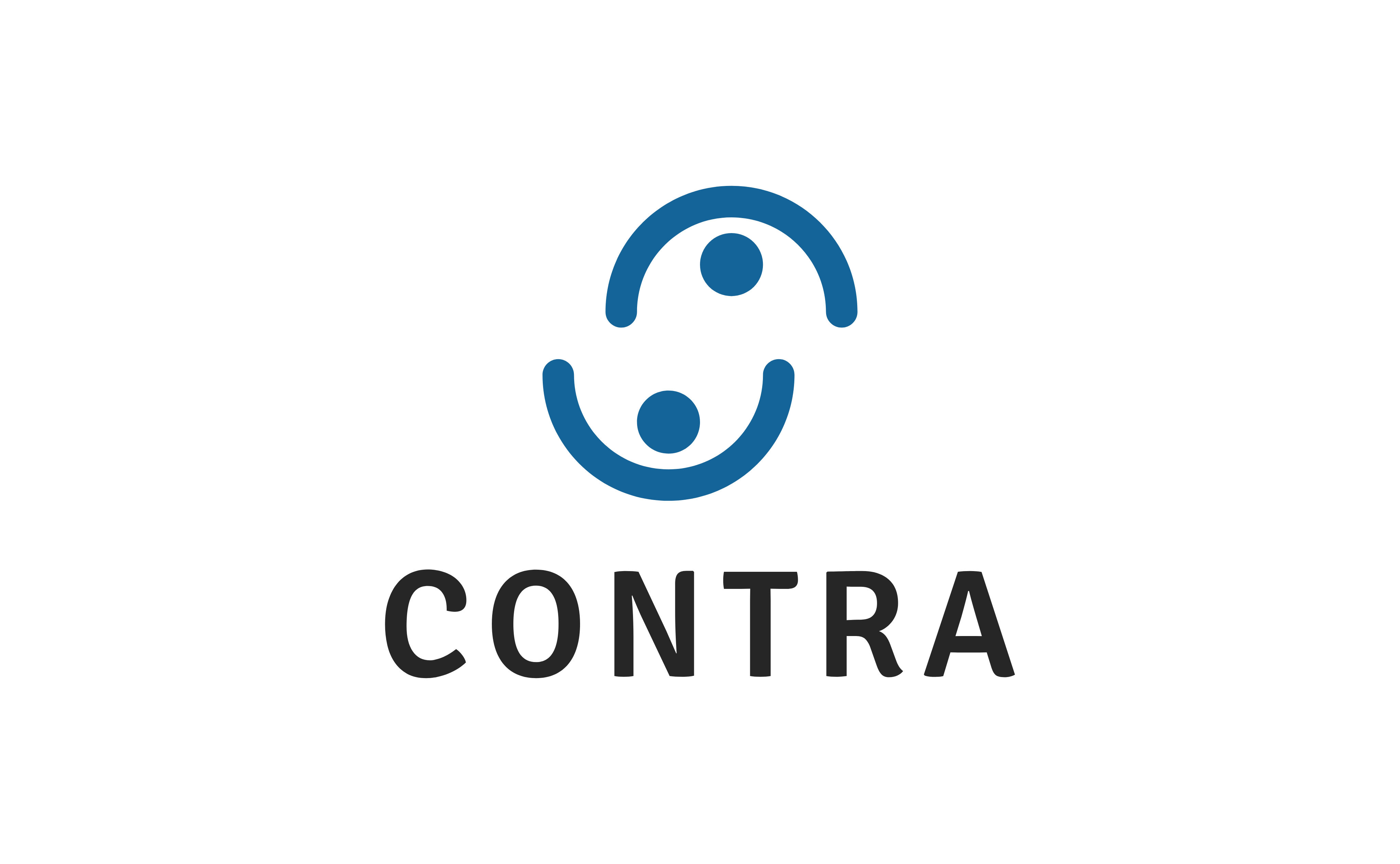
Introduction
Options trading offers a variety of strategies for investors and traders, each with its unique risk-reward profile. Given the complexity of these strategies, it’s crucial to understand how they can play out in real market scenarios. Today, let’s explore some common options trading strategies using the Nifty 50 index, currently at 21,697.45, as our reference point.
- Limited Profit and Limited Loss (Bull Call Spread): Common in vertical spreads (like bull call spreads or bear put spreads), this strategy caps both the maximum potential profit and loss. The net investment, which is the difference between premiums paid and received, defines the maximum risk. Meanwhile, the profit cap is set by the difference between the strike prices minus the net investment. This strategy is ideal for scenarios where the market is expected to move within a certain range.
- Scenario: Buy a Nifty 50 call option at a 21,700 strike, paying ₹200, and sell a 22,000 strike call, receiving ₹100.
- Profit/Loss: Max profit is ₹200 if Nifty exceeds 22,000, and max loss is ₹100 if it remains below 21,700.
- Buying a call option at 21,700: Costs a premium, say ₹200.
- Selling a call option at 22,000: Earns a premium, say ₹100.
- Net Premium Paid: ₹200 (paid) – ₹100 (received) = ₹100.
- Maximum Profit: Occurs if Nifty is above 22,000 at expiration. The profit is the difference in strike prices (₹300 = ₹22,000 – ₹21,700) minus the net premium paid (₹100). So, maximum profit = ₹200.
- Maximum Loss: Limited to the net premium paid (₹100), happening if Nifty stays below 21,700.
- Breakeven Point: The point where the trade neither makes nor loses money. Calculated as the lower strike price plus the net premium paid: 21,700 + 100 = 21,800.
- Hedging: Ideal for hedging against mild bearish trends in a bullish portfolio.
- Limited Upside, Unlimited Risk (Selling Naked Calls): Seen in strategies like selling naked calls, where the profit potential is confined to the premium received. However, if the underlying asset’s price soars above the strike price, losses can be limitless. This strategy is often considered high-risk and is typically used by more experienced traders.
- Scenario: Sell a 22,000 strike call, receiving a ₹150 premium.
- Profit/Loss: Profit capped at ₹150, but losses can soar if Nifty climbs significantly above 22,000.
- Selling a call option at 22,000: Earns a premium, say ₹150.
- Maximum Profit: Capped at the premium received, which is ₹150.
- Maximum Loss: Unlimited, as any rise in Nifty above the strike price plus premium increases the loss. If Nifty rises to 22,300, the loss is (22,300 – 22,000) – 150 = ₹150.
- Breakeven Point: Strike price plus the premium received. In this case, 22,000 + 150 = 22,150.
- Hedging: More speculative, not typically used for hedging due to high risk.
- Unlimited Profit and Limited Loss (Buying a Long Call): Characteristic of buying options, such as long calls or long puts. The maximum loss is restricted to the premium paid, but if the market moves favorably, there’s no theoretical limit to the profit. This strategy is popular among traders who have a strong directional view of the market.
- Scenario: Buy a 22,000 strike call, paying ₹200.
- Profit/Loss: Profit is unlimited above 22,000, while loss is capped at ₹200.
- Buying a call option at 22,000: Costs a premium, say ₹200.
- Maximum Profit: Unlimited, as the profit increases with any rise in Nifty above the breakeven point.
- Maximum Loss: Limited to the premium paid, ₹200.
- Breakeven Point: Calculated as the strike price plus the premium paid: 22,000 + 200 = 22,200.
- Hedging: Useful in a bearish portfolio to capitalize on unexpected bullish movements.
- Unlimited Profit and Unlimited Loss (Futures Contract): Typical of futures contracts and certain leveraged trades. Both the profit and loss potential are theoretically infinite, dependent on the market’s direction. This approach is suitable for traders with high-risk tolerance and a clear market prediction.
- Scenario: Enter a futures contract to buy Nifty 50 at 22,000.
- Profit/Loss: Both profit and loss potential are unlimited, depending on Nifty’s movement.
- Entering a futures contract at 22,000: No premium involved.
- Maximum Profit: Unlimited, as profit increases with any rise in Nifty above 22,000.
- Maximum Loss: Unlimited, as loss increases with any fall in Nifty below 22,000.
- Breakeven Point: The futures contract price, which is 22,000.
- Hedging: Can hedge against short positions or currency risks in international portfolios.
- Limited Profit and Unlimited Loss (Writing Naked Puts): This occurs in strategies like writing naked puts. While the maximum profit is limited to the premium received, substantial losses can accrue if the underlying asset’s price significantly drops. This strategy requires careful risk assessment.
- Scenario: Sell a 21,500 strike put, receiving ₹150.
- Profit/Loss: Max profit is ₹150, but losses can escalate if Nifty plunges below 21,500.
- Selling a put option at 21,500: Earns a premium, say ₹150.
- Maximum Profit: Limited to the premium received, which is ₹150.
- Maximum Loss: Unlimited, as loss increases with any fall in Nifty below the breakeven point.
- Breakeven Point: Strike price minus the premium received. In this case, 21,500 – 150 = 21,350.
- Hedging: Suitable to hedge against slight declines in a bullish stance.
- Variable Profit and Loss, Based on Strategy Structure: Strategies such as iron condors or butterflies involve profit and loss parameters that hinge on chosen strike prices and premiums. These can be tailored to have limited or varying profit and loss scenarios, making them adaptable to different market views.
- Capped Profit, Loss Proportional to Leverage: In leveraged ETFs or margin trading, profits might be capped by targets or stop-loss levels, but losses can fluctuate based on the degree of leverage. This approach requires careful management of leverage and risk.
- Profit and Loss Dependent on Differential Movements: Pair trading or arbitrage strategies base profit and loss on the relative movement of two correlated assets. The risk is generally lower, but profits are confined to the spread between the asset movements. This strategy is often used to exploit inefficiencies in the market.

Leave a Reply